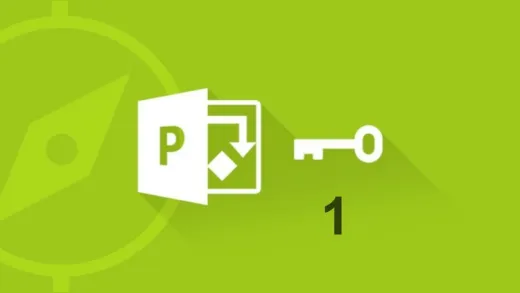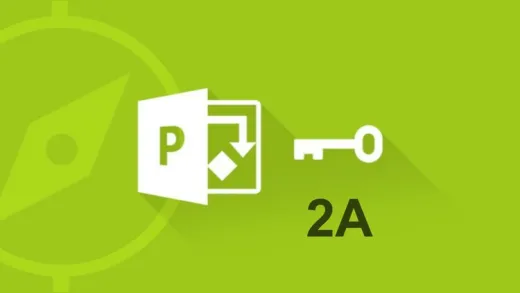Brief Summary
Part A of Key 2 teaches you about Task Entry and Linking in MS Project, laying the groundwork for mastering project scheduling techniques. You'll get a grip on how to link tasks to make your projects run smoother and more efficiently.
Key Points
-
Part A focuses on Task Entry and Task Linking in MS Project.
-
Learn how task linking works for project scheduling.
-
Prepares you for the critical path method and effective project plans.
-
Essential component of the Five Keys Method.
-
Develop basic competency in task links.
Learning Outcomes
-
Understand the mechanics of task linking in MS Project.
-
Competently create dynamic schedules.
-
Prepare for using advanced scheduling features like critical path.
-
Gain foundational skills for successful project management.
-
Know the importance of task links in project planning.
About This Course
This is Part A, Task Mechanics. The next module, Part B, covers the application of task links (Critical Path, etc).
This is Part A of Key 2, and covers Task Entry and Task Linking in MS Project.
Here is a summary of where this key fits into the Five Keys Method:
Key 1 covered Navigation.
Key 2 has two modules: This Task Linking Mechanics (Part A) module and then is followed by a second module on the Application of Task Linking (Part B) in project schedules. Thus Key 2 covers not only how task linking works (Part A), but how it enables the application of key scheduling features (Part B)---such as the critical path method---to help you create effective project plans.
Key 3 covers Task Constraints---one of the most misunderstood components of MS Project.
Key 4 covers Project Calendars.
Key 5 cover Tracking Actual Progress.
In total the Five Keys gives you the essential skills needed to use MS Project in a way that keeps the tool lean but powerful, and thus the Five Keys teaches you to use MS Project in a way that actually helps your projects be more successful.





